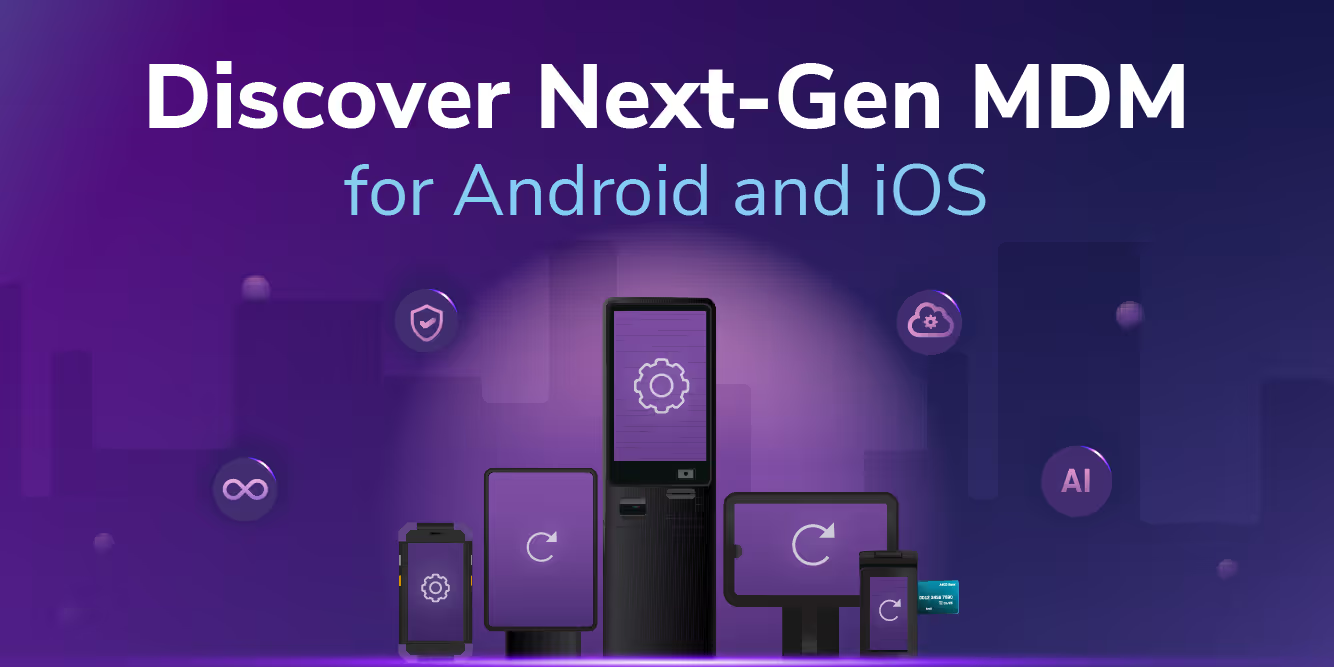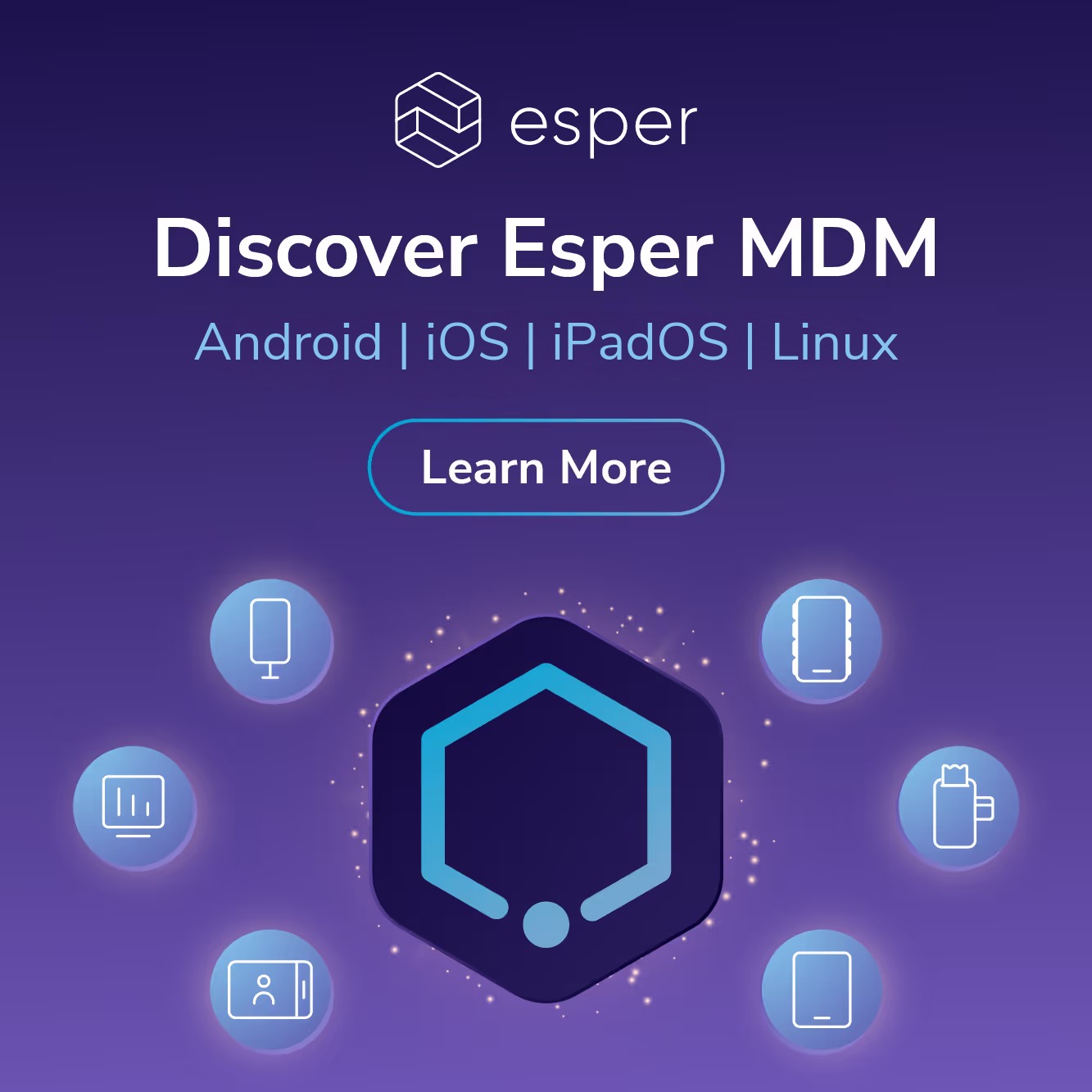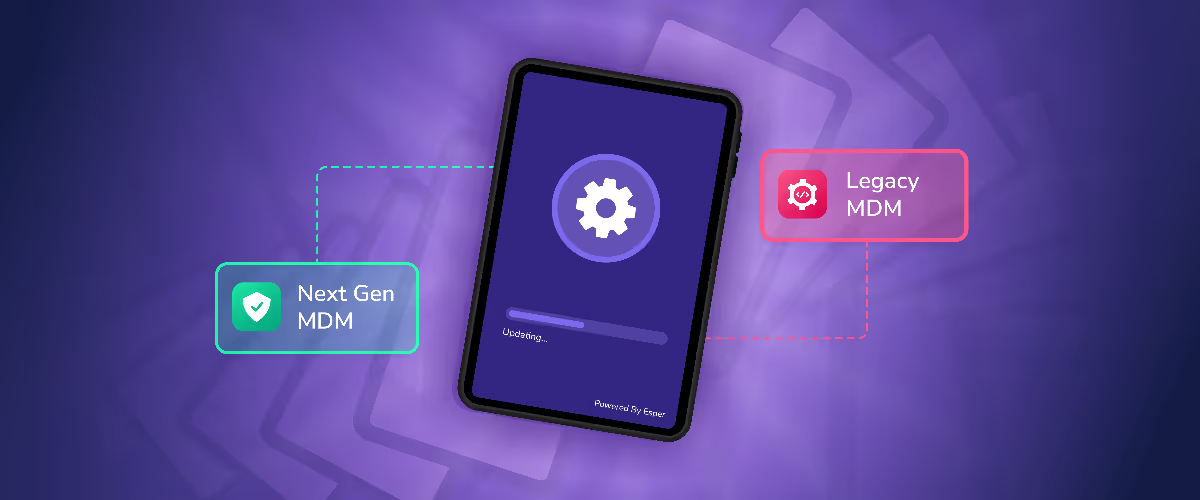When we think of a technology ecosystem, we probably jump next to words like “seamless,” “harmony,” or “balance.” The idea that all of our tools, devices, and infrastructure work in concert. We pick a vendor, and we trust that vendor’s solution to work exactly the same way, every time — whether we’re deploying a weekly software update or conducting a massive hardware rollout.
Of course, anyone who has spent enough time designing, implementing, or maintaining device fleets and the infrastructure that supports them understands that the promise of the “unified ecosystem” is rarely little more than a mirage. Instead of having the freedom to focus on innovation and business outcomes, many organizations end up in the gilded cage of vendor lock-in. We lose the freedom to choose our hardware or integrations, and the vendor’s roadmap ends up determining our own.
How to Spot the Device Monoculture Trap
In nature, monoculture is an unsustainable condition. Monocultures introduce substantial risk by depleting natural resources, or are easily wiped out by a competing species or pest. In either scenario, the monoculture easily collapses. This analogy extends exceptionally well to the world of enterprise devices: For those locked in a monoculture, the disruptors gain the competitive advantage.
There are two types of monocultures I’ve observed in that world.
Device monoculture #1: “All-in-one” vendors
An “all-in-one” (AIO) vendor has a tremendous level of control over your device strategy, because they dictate almost the entire technology stack, creating a highly integrated — but highly inflexible — solution suite. These vendors are the most extreme form of that device monoculture, because they frequently lock you in to one option for:
- Hardware OEM/ODM
- Accessory OEM/ODM
- Operating system
- Management interface
- Cloud services
- App vendor
- Integration / professional services
AIO vendors, of course, will argue strenuously that this is what allows them to offer tightly-integrated solutions; that the simplicity and streamlining their customers prize would be completely obviated by a more open model.
But what, exactly, is it that their customers value? Is it truly the ecosystem? More likely, that vendor delivers very well on one or two pieces of the stack that a customer is seeking. A particular hardware form factor, a powerful piece of cloud software, or a catalog of first-party accessories. But it’s rare (really, unheard of) that the vendor delivers competitively on the rest of the stack. They market and deliver on those one or two core strengths, then provide an MVP experience on basically every other component — because they know their customers can’t switch.
Device monoculture #2: Traditional MDM
While traditional MDMs are theoretically more open than AIO solutions vendors, in practice, they can force organizations into de facto monocultures. A traditional MDM probably won’t market as heavily on the promise of ecosystem (often, the opposite — flexibility), and can thus hide lock-in much more effectively than an AIO vendor. But traditional MDMs can lock you in with a variety of subtle (and not-so-subtle) limitations.
- Limited choice of supported hardware vendors
- Laborious manual processes required for enrolling devices from non-preferred vendors
- Non-preferred vendors may only support a limited set of platform and management features
- Limited OS support (and even of those supported, some older or newer versions of those OSes may not be)
- Very limited or no public API / SDK (integrations may be impossible, or gated as costly professional services)
These challenges can lead to a quickly-shrinking list of hardware vendors, with your MDM pushing you toward a single “preferred” vendor for a given industry or use case, “because that’s the only one that can deliver you a ‘works out of the box’ solution.”
This is a much more insidious form of the vendor lock-in monoculture, one that gives you the illusion of choice where none may meaningfully exist. And while these MDMs pay lip service to the idea that they’re open to most devices you might want to enroll on their platform, the moment you ask them if they’ll support specific capabilities or features for your hardware, the conversation changes: “Maybe — if you pay us enough to implement it.”
Life After Lock-in: What Happens When Device Monoculture Fails?
Like a monoculture in nature, device monoculture leaves your organization exceptionally vulnerable to competition in the broader ecosystem. When your chosen vendor is caught flat-footed by a new form factor, an evolution in operating model, or a breach of their competitive moat (economies of scale, standardization, platform shifts), you are caught flat-footed by that change. If your AIO vendor can’t pivot in a way that keeps you competitive, you’re at risk of declining revenue, customer churn, and strategic paralysis.
Ultimately, a total ecosystem collapse may occur. If their technology roadmap or business model no longer aligns to your needs, all your investments in that AIO vendor become fundamentally worthless. The devices themselves become little more than bulky eWaste, completely useless without the vendor’s “ecosystem” supporting them.
How to Break the Device Monoculture Mold
Unfortunately, many organizations find themselves in “ecosystem collapse” scenarios — whereby their AIO or MDM provider leaves them with no option but to wipe the slate clean and start fresh. But all too often, this leads strategic decision-makers back down the same path, to yet another vendor making a new version of the same old promises. “We’re different, we really care about your use case.” I urge you to imagine a better way.
What if you could build a device ecosystem on the basis of interoperability, flexibility, and assembling your own roster of vendors across the technology stack — the vendors you know will deliver the best solution for your business? If you’ve been trapped in the AIO and traditional MDM ways of working, you may think this is impossible. But consider what that checklist might look like.
- Vendor-agnostic: Use the OS, software, hardware, and accessories you believe best fit your use case and business needs.
- No “preferred” use case: Get the same features and capabilities for all of your devices, and manage them centrally using common workflows.
- Extensible and customizable: Develop your own device management integrations built on open APIs and customize and differentiate those device experiences with a powerful SDK
- Deep control: Get direct control over software and content updates for your devices, deploying them exactly when and where you need them.
- Transparent costs: Achieve superior economies of scale by managing your costs at every level of the technology stack
This is what a real device ecosystem looks like, allowing varied, complex, and distinct implementations. And more so than that, this is what a healthy and sustainable device ecosystem looks like, because it means your organization can remain agile, keep multiple irons in the innovation “fire,” and actively manage costs.
At Esper, we encourage healthy, sustainable ecosystems. Because we know that every one of our customers has a unique device ecosystem. We think that’s amazing, and it’s something we actively seek to empower. Because we know that preserving your choices unblocks innovation, so you can focus on matters: Building the experiences that delight your customers.
FAQ
Keep Exploring

















